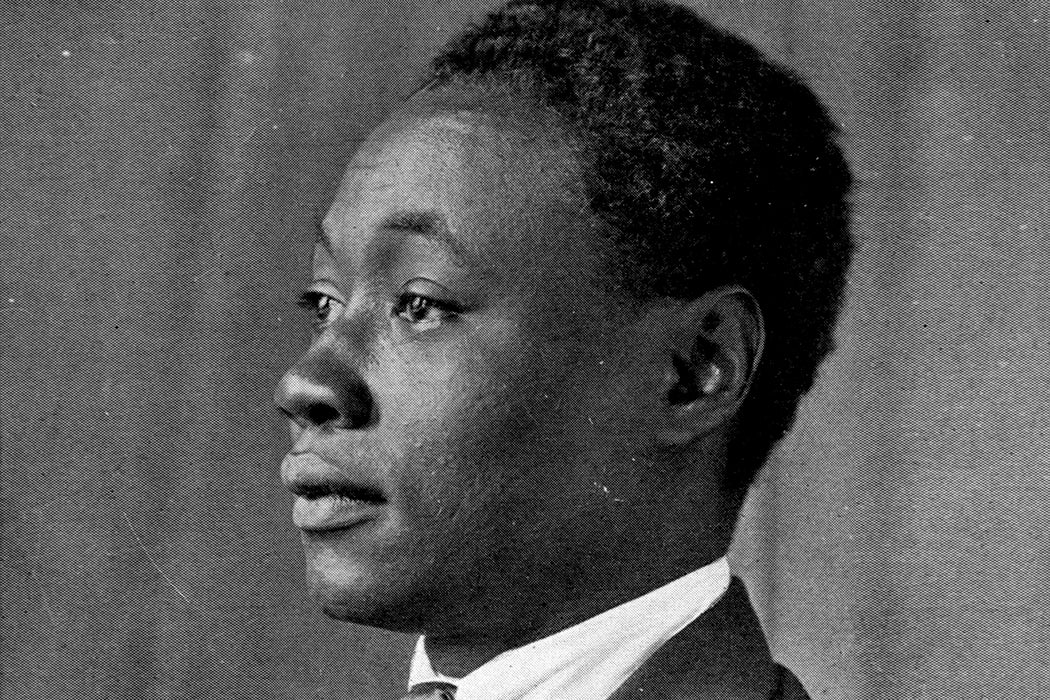You can’t get much more American than the Harlem Renaissance, writes literary scholar Robert Philipson, which makes the Caribbean influence in this cultural flowering all the more noteworthy. Taking The New Negro, a groundbreaking anthology of 1925, as a measure, Philipson draws out the presence in its pages of Jamaican-born Claude McKay; Eric Waldron, born in British Guiana and raised in Barbados and the Panama Canal Zone; Puerto Rican Arturo Schomburg; and Jamaican Wilfrid A. Domingo, whose contribution, “Gift of the the Black Tropics,” suggests that this Caribbean connection was far from secret.
Domingo himself argued, “West Indians were better prepared to challenge racial barriers in the United States” because they came from countries in which “Blacks had experienced no legalized segregation and limitations upon opportunity.” The brutality of American racism, so very different from that of imperial Britain and France, shocked them into action. In the 1920s, of course, “the great colonial empires were alive and well, but the intellectual seeds were already being sown for their eventual dismantling.”
Almost a quarter of Harlem’s Black population was foreign-born in the 1920s. They included, most famously, Marcus and Amy Jacques Garvey. Garveyism, with its “ideological mixture of Black pride, diaspora consciousness, and defiance of white racism” was foundational to the growth of Black nationalism in the United States, the Caribbean, and the world.
Claude McKay is a case study of this internationalist perspective on the Harlem Renaissance. Born in Jamaica in 1889, he had already published poetry in London by the time he arrived in the United States in 1912 to study at the Tuskegee Institute and Kansas State College. He only lived in New York for a few years, yet his association with the Harlem Renaissance is iconic.
McKay’s first novel was notably titled Home to Harlem (1928) and was mostly written in France. His second, Banjo (1929), cited Léopold Senghor, who, three decades later, would become the first president of Senegal. Senghor, along with Aimé Césaire of Martinique and Léon Damas of French Guiana, were the founders of the Pan-African Négritude movement in the 1930s. All three of these francophone intellectuals “looked to the writings of the Harlem Renaissance as examples of literary expression of a positive Black consciousness.” Senghor would claim McKay as a forerunner of Négritude.
Weekly Newsletter
When Banjo was translated into French, it made “an overwhelming impression on French West African students in France.” McKay, meanwhile, also nodded to the Irish independence movement as a model of decolonialization, tapping into a tradition that went back at least to 1916, when Marcus Garvey sent a telegram to Eamon De Valera expressing sympathy for the nationalist cause during the Easter Rising.
“Certainly the Harlem Renaissance was American,” concludes Philipson, but “it was also a cultural movement of significant Black autonomy” that reverberated around the world. It manifested “the promise of a diasporic consciousness that had always been implicit in Black identity.”
During the Harlem Renaissance, Harlem was a world capital.







